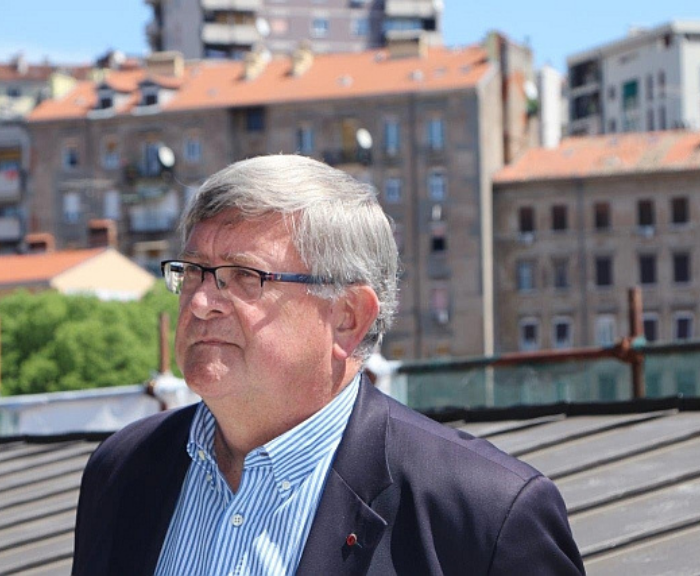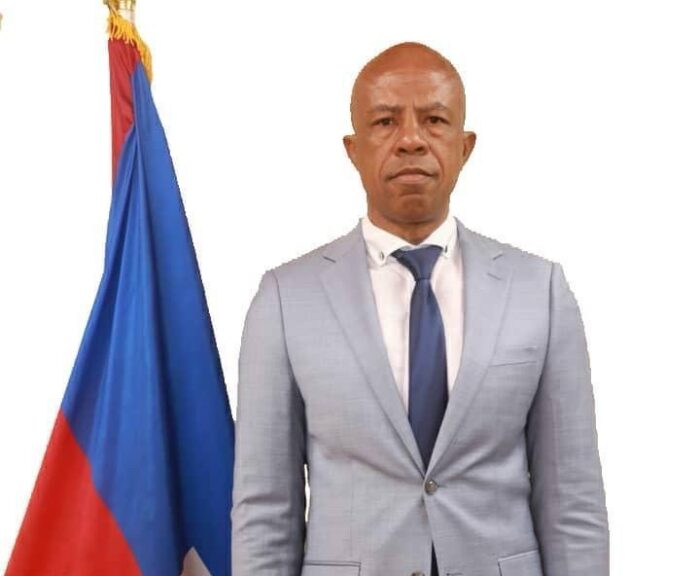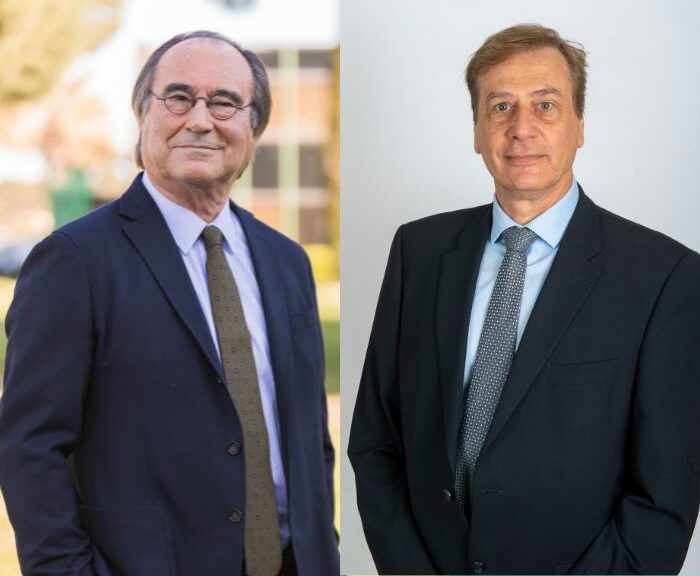Rijeka has been named European Capital of Culture for 2020, and is organising a packed programme of over 600 artistic and cultural events, hosting artists from Croatia and all over the world throughout the year-long celebration. Rijeka is also Croatia’s biggest port, and is the latest among a string of other European port cities to be chosen as Capital of Culture. Rijeka’s programme is built in no small part on its distinctive heritage as a port city, and ties in neatly with Goal 6 of the AIVP Agenda 2030, which aims to showcase the culture and unique identity of port cities. We spoke to Mr Vojko Obersnel, Mayor of the City of Rijeka.
The City of Rijeka has been a member of AIVP since 2003.
It sits on AIVP’s Board of Directors, and is a signatory to the AIVP Agenda 2030.
The Port of Rijeka is also a member of AIVP.
AIVP – You have named your programme for Rijeka as European Capital of Culture 2020 “Port of diversity”. One of the key events at the programme’s launch last February was the “Industrial Opera” staged on the site of the passenger terminal, with the port as its official partner. These are powerful symbols of the importance you place on your city’s port identity. Can you explain briefly the main features of that identity and diversity?
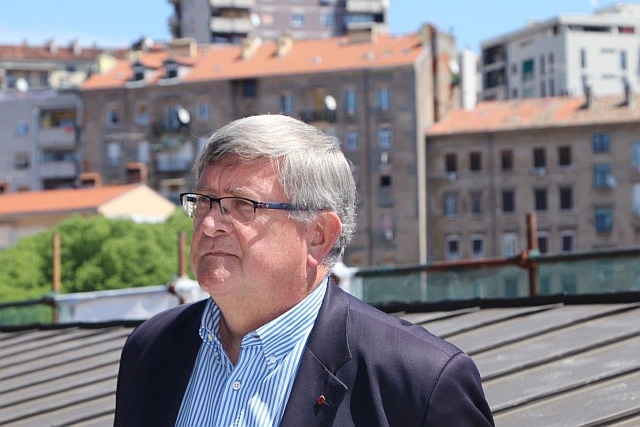 Mr Vojko Obersnel, Mayor, City of Rijeka – Port and diversity are two important determinants of Rijeka in every sense. These two concepts describe us both as a city, i.e. as an urban environment, but also as a society. Although itself a symbol of change and migration, the port is the core of the city, the heart of Rijeka. The port is the point from which today’s Rijeka grew. Because of the work in the port, the population immigrated literally from everywhere, which is also an important fact in the view of today’s Rijeka. On the other hand, we have the living fabric of the city, the Rijekans, which throughout history were exposed to constant changes. Only during the 20th century, Rijeka was under the rule of six states, not counting the temporary state-legal arrangements or military administrations. In this regard, few cities in the world can compare with Rijeka, in which the incredible dynamics of change of the official languages and flags has been noted.
Mr Vojko Obersnel, Mayor, City of Rijeka – Port and diversity are two important determinants of Rijeka in every sense. These two concepts describe us both as a city, i.e. as an urban environment, but also as a society. Although itself a symbol of change and migration, the port is the core of the city, the heart of Rijeka. The port is the point from which today’s Rijeka grew. Because of the work in the port, the population immigrated literally from everywhere, which is also an important fact in the view of today’s Rijeka. On the other hand, we have the living fabric of the city, the Rijekans, which throughout history were exposed to constant changes. Only during the 20th century, Rijeka was under the rule of six states, not counting the temporary state-legal arrangements or military administrations. In this regard, few cities in the world can compare with Rijeka, in which the incredible dynamics of change of the official languages and flags has been noted.
Nevertheless, and probably in good part because of this, the awareness that the city is made up primarily of people who decided to call Rijeka their home, has brought us to an important Rijeka’s characteristic, a specific mentality of the Rijekans that respect diversity and truly perceive this diversity as their wealth. Because of such an attitude that everyone has the right to his or her freedom until it encroaches on someone else’s, Rijeka is today a multicultural and multi-ethnic city, in which no one’s diversity is rejected and pushed to the margin but rather supported. Numerous alternative artistic directions that originated and set off from Rijeka, speak best in support of this. The port itself, a kind of symbol for departure, was transformed specifically at the opening of the Rijeka 2020 – European Capital of Culture to the point of arrival and meeting. The area of the Port of Rijeka, i.e. the whole area where the sea connects to the mainland, plays an important role in the Rijeka 2020 – European Capital of Culture programme.
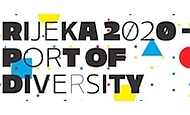 The art programmes were put in this transition area, on the maritime borderline, currently filled with industrial and port infrastructure, the place where the city and nature meet. It is the perfect place for a new beginning of Rijeka. In any case, the syntagma “Port of Diversity” is not unambiguous; on the contrary, it abounds in connotations. The entire cultural and artistic programme Rijeka 2020 – European Capital of Culture has been defined by three topics: water, work and migrations. These topics define Rijeka’s identity, but are also current in the wider European environment. They intertwine and create a port of diversity.
The art programmes were put in this transition area, on the maritime borderline, currently filled with industrial and port infrastructure, the place where the city and nature meet. It is the perfect place for a new beginning of Rijeka. In any case, the syntagma “Port of Diversity” is not unambiguous; on the contrary, it abounds in connotations. The entire cultural and artistic programme Rijeka 2020 – European Capital of Culture has been defined by three topics: water, work and migrations. These topics define Rijeka’s identity, but are also current in the wider European environment. They intertwine and create a port of diversity.
Finally, the “Port of Diversity” is based definitely and naturally on the European Union’s motto “United in Diversity”.
AIVP – “Sweet and salt”: “Where the river (sweet) meets the sea (salty)” is one of the key themes of your programme. Behind that poetic title, the programme is intended to kick-start the regeneration of a precinct between the City and Port, which is home to numerous abandoned port and industrial infrastructures, including the old “Exportdrvo” warehouse. How is the area’s port heritage a bonus for creating these new spaces and attracting the local population? And how do you intend to capitalise on it?
Mr Vojko Obersnel, Mayor, City of Rijeka – The great Exportdrvo warehouse hall in this area of the Rijeka Delta, where the River Rjecina flows into the sea, was this summer the main centre of culture and entertainment, and an example of how industrial and port heritage can be revived and become a gathering place. The Exportdrvo hall proved to be an excellent exhibition space, and at one point, it hosted as many as five exhibitions. 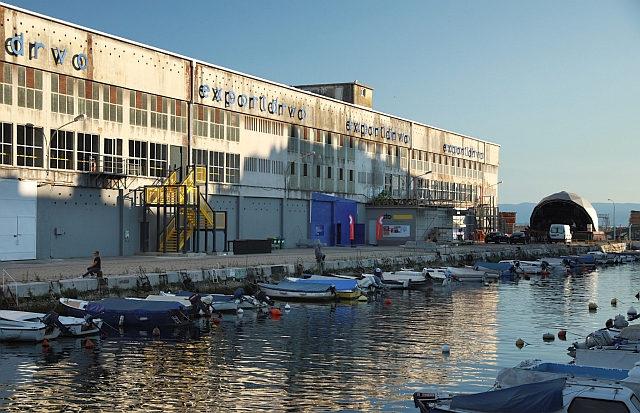
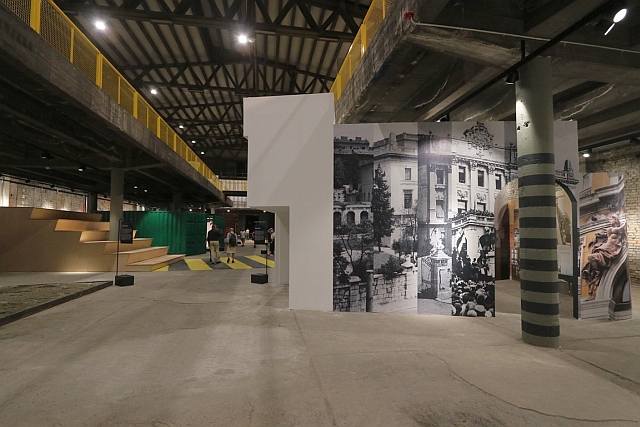
Currently in it, until the beginning of December, you can see the great exhibition Fiume fantastica: The City Phenomena. The exhibition is set in as many as 10 pavilions and follows the last hundred and fifty years of Rijeka’s urban history during which the city experiences radical growth and becomes a global transportation hub and industrial centre. It is also the central exhibition of the programme direction “Sweet and Salt“, realized as part of the project Rijeka 2020 – European Capital of Culture.
The space in front of the hall was transformed into an open concert space, which functioned well due to the rules related to keeping social distance at the time of the COVID-19 pandemic.
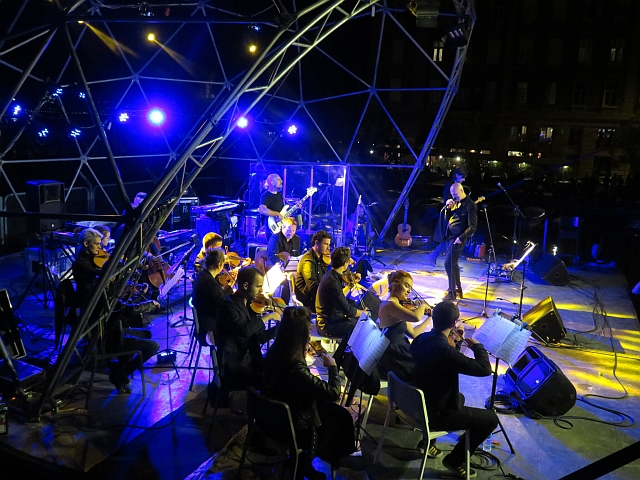
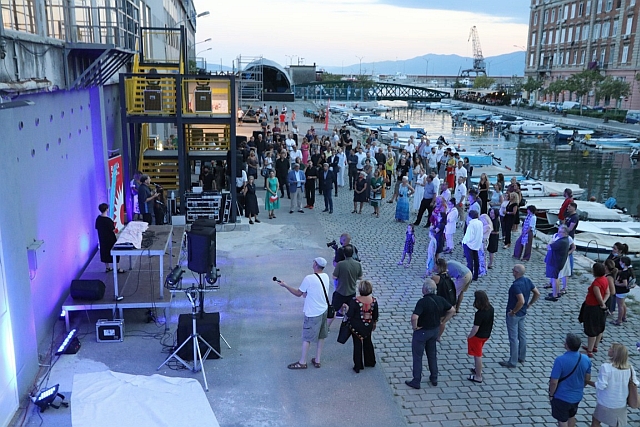
Also, the programme direction “Sweet and Salt” with its programmes revived the nearly 2 km long breakwater of Molo longo. In the former Hartera paper mill, an unusual pop-up social centre was organized, and I believe that, despite the pandemic, the project of the longest urban zip line in Europe, with a finishing point in the delta area, will be realized – to mention only a part of the planned activities.
The revival of industrial and port heritage in Rijeka was one of the basic goals of the 2013-2014 Rijeka City Cultural Development Strategy, the first such strategy in Croatia. In the last century, Rijeka was a developed industrial city, and today’s industrial heritage has remained after the collapse of that industry. We shared a destiny that befell many cities in Europe. The new strategic goals then defined the development of Rijeka as a city, which develops a competitive economy based on the foundations of a society of knowledge and new technologies. The Strategy for Cultural Development, as well as the Strategy for the Development of Cultural Tourism, naturally followed these strategic goals. In this regard, obtaining the title of European Capital of Culture has indeed offered excellent opportunities for synergistic action in the realisation of these objectives. Through the programme direction “Sweet and Salt“, the whole Delta area has become a gathering place for experts, students, artists and citizens from all over Europe. It all started at DeltaLab, a multidisciplinary research and production centre at the University of Rijeka, where 17 architectural and design teams designed 16 spatial interventions that incorporated the “Sweet and Salt” space into the city tissue, or created new gathering hotspots.
Architects and designers were joined by scientists, experts and artists from Rijeka, Croatia and abroad, various organizations and a number of representatives from the private and public sectors. They all contributed to the planning of the programme within the space that includes “Sweet and Salt“. 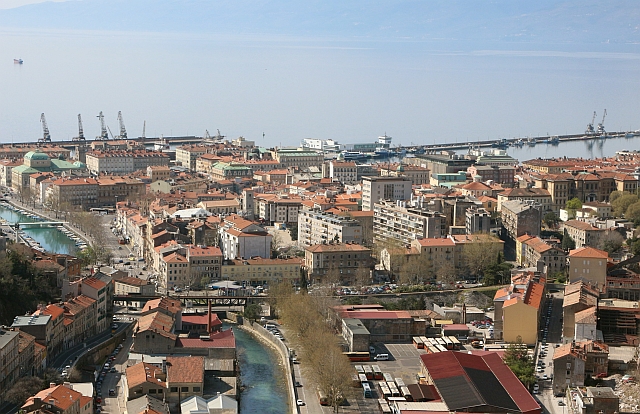
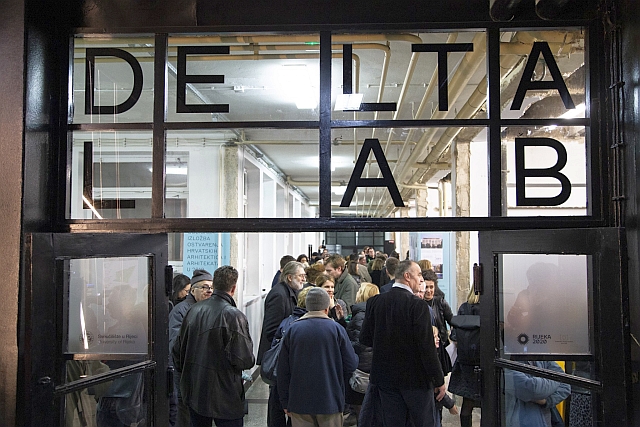
AIVP – Will any of the developments initiated during and after “Sweet and Salt” help to showcase the port of Rijeka and its activities?
Mr Vojko Obersnel, Mayor, City of Rijeka – Not directly, but a lot of effort has been made in bringing people onto the port area. The Rijekans have long been unable to communicate with almost 8 kilometres of coastline in front of the city, where industry and port were mostly located. At that time, the coastal area was simply subdued to industry and port, and not to the citizens. The social and economic environment is changing. Citizens came to various cultural programmes in these areas and saw for the first time the huge potential of abandoned warehouses, old piers, natural beaches and much more.
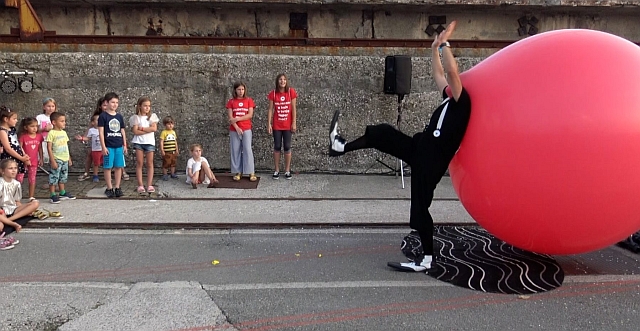
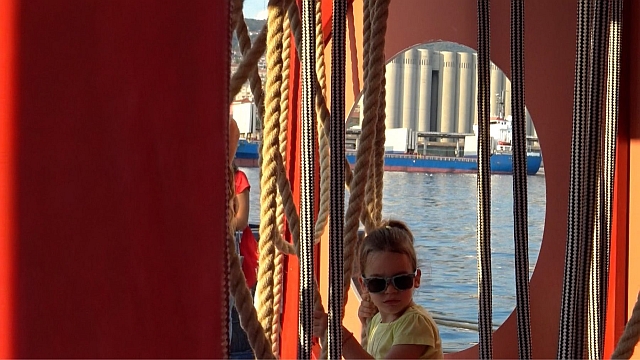
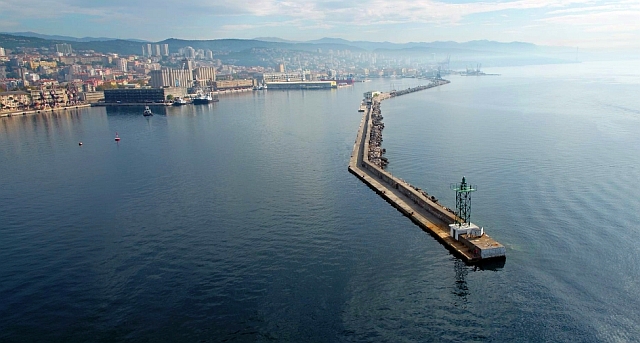
From the port, from that point of view, you see the city from a different prospective. And not only in the sense that you see the potential of carrying out activities important for citizens’ quality of life, but also in the sense that you understand why owning a port is so important for Rijeka. Therefore, indirectly you value more the port and its remaining activities. This brings us to a kind of win-win situation in negotiations with other stakeholders about how to reconsider the entire coastline.
AIVP – The current Covid-19 pandemic is making it difficult to plan ahead beyond 2020. But perhaps you were already considering other actions building on Rijeka’s port identity, possible in cooperation with the Port of Rijeka. These might include initiatives such as the creation of a Port Center, as in several of the port cities which are members of AIVP. Can you tell us a bit more about the actions you are planning, and perhaps how you intend to adapt them?
Mr Vojko Obersnel, Mayor, City of Rijeka – It is true that the COVID-19 pandemic has largely influenced the dynamics of the realization of numerous plans, both short and long-term. Opening of Rijeka to the sea is a long-standing aspiration, but the way towards this goal is not easy. Due to changes in the law, Croatia’s entry into the EU and global economic crises and models of realization of the opening of Rijeka to the Sea were subject to perpetual changes. In terms of opening the city to the sea, the Rijeka Gateway Project should be highlighted. A generational project as this one should greatly modify the coastal line of Rijeka on the long run. The project, more specifically, involves, among other things, the construction of a new marina in the centre of Rijeka, in the part of the port that is no longer used. The project also includes the construction of the Delta area, the area around the aforementioned Exportdrvo, which will become a secondary city centre. In short, the idea of this investment venture of the modernization of the Rijeka port basins, which absolutely goes beyond the financial capacities of the City itself, is to contribute to the competitiveness of the port and the maritime route, to change the structure of the economy and to turn Rijeka into an even more attractive tourist destination.

